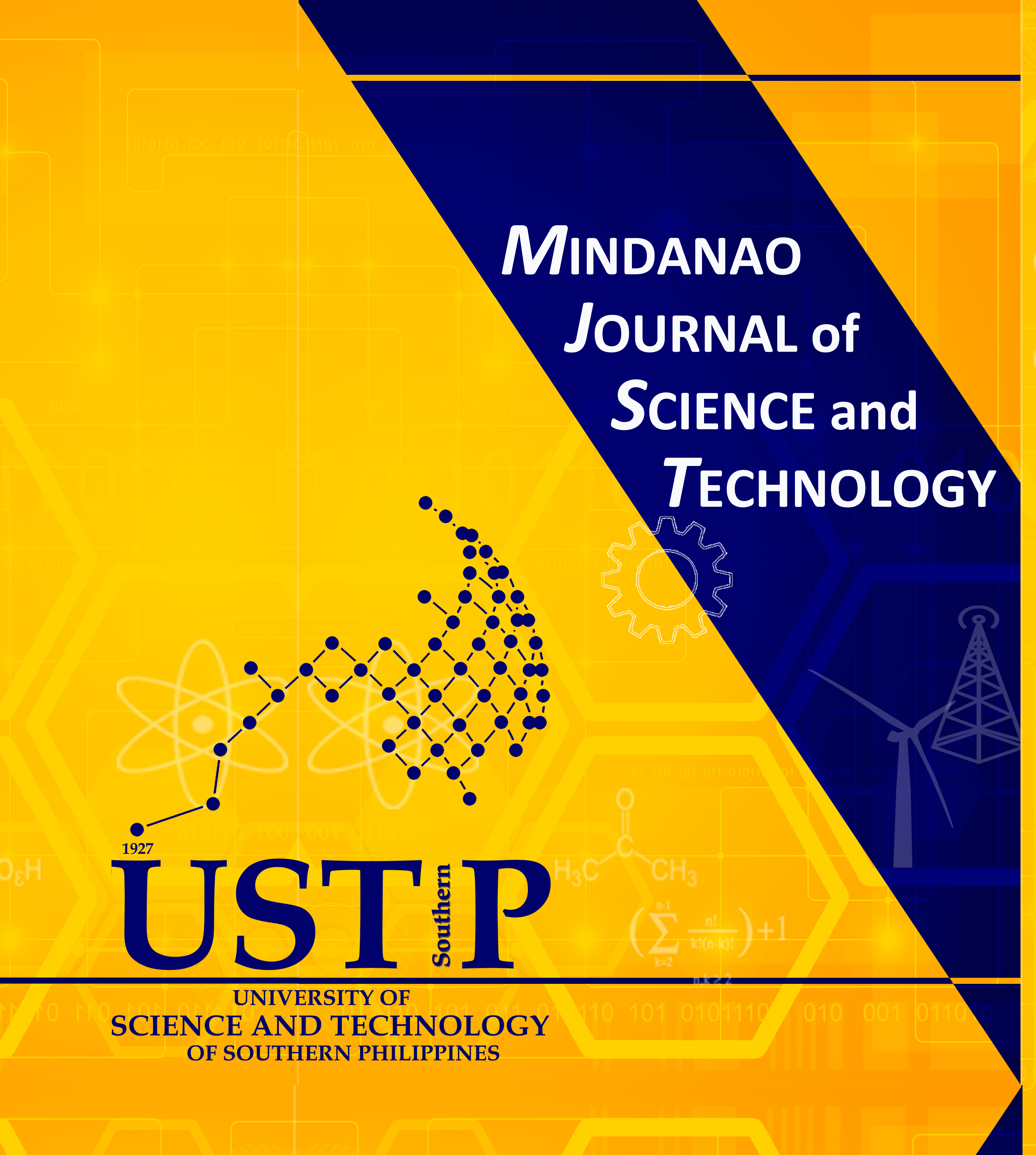SHRIMPAI: A Mobile Application for the Early Detection of White Spot Syndrome Virus in Shrimp Using Convolutional Neural Network
DOI:
https://doi.org/10.61310/mjst.v22i2.2189Keywords:
artificial intelligence, CNN, mobile application, shrimp, White Spot Syndrome Virus (WSSV)Abstract
The white spot syndrome virus (WSSV) is a highly infectious and potentially fatal disease that has a significant worldwide impact on the shrimp farming industry. This study aims to develop a mobile application that assists in the early detection of WSSV in shrimp using convolutional neural network. This early detection enables timely interventions, such as quarantining infected shrimp; hence, preventing crop losses. The application also incorporates predictive analytics and historical health data, enhancing farm management and allowing farmers to make informed decisions about feeding, breeding, and harvesting. This data-driven approach improves productivity and promotes sustainable practices by reducing reliance on chemicals. The CNN model was trained and tested using 5-fold cross-validation on original and augmented datasets. Performance evaluation involved shrimp farmers, SEAFDEC/AQD staff, BFAR experts, and vendors from Cogon Market, Cagayan de Oro City. Results showed the system achieved real-time WSSV detection with 100% accuracy and 99.9% specificity, maintaining a low false positive rate of 0.1%. This ensures reliable disease management for infected and healthy shrimp. The proposed system offers a cost-effective alternative to traditional detection methods, with the potential to transform aquaculture through early and accurate WSSV detection. This study underscores the importance of leveraging mobile technology and deep learning techniques, like CNNs, to develop accessible solutions for disease detection.










